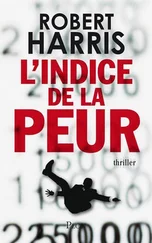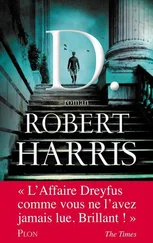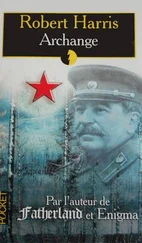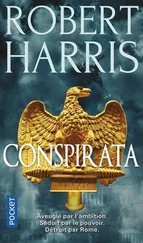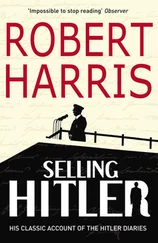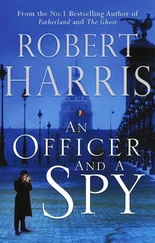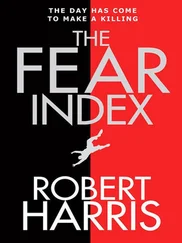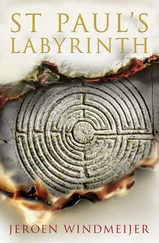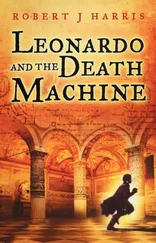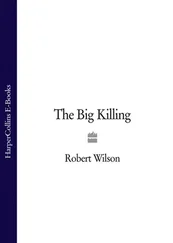12 – ‘Behaviour of aerosol clouds within cities’, US Army Chemical Corps Joint Quarterly Report , No. 5, July-September 1953.
13 – Ministry of Defence Press Release issued in 1954, quoted in correspondence December 1979.
14 – Information to the authors from local sources, confirmed by Ministry of Defence and Porton Down.
15 – Documents quoted in Washington Post , 23 April 1980.
16 – Ibid.
17 – US Army Information Sheet , 12 January 1977.
18 – Creasey, op. cit. , p. 33.
19 – US Army Activity (Note 2) pp. 3–1. For some of the details of Pine Bluff Arsenal we are indebted to Seymour Hersh, op. cit. , pp. 132–7.
20 – Creasey, op. cit. Table One.
21 – Ibid. , pp. 22–3.
22 – Report of the International Scientific Commission for the Investigation of the Facts concerning Bacterial Warfare in Korea and China (Peking, 1952).
23 – Authors’ interview with Dr Needham, 25 February 1981.
24 – Sworn statement made January 1952, quoted in Hersh, op. cit. , p. 20.
25 – SIPRI The problem of Chemical and Biological Warfare , Vol. I, p. 230.
26 – see Chapter Five.
27 – Quoted in Walter Schneir, ‘The Campaign to Make Chemical Warfare Respectable’, The Reporter (October 1959), p. 27.
28 – Law of Land Warfare . Field Manual 27–10.
29 – Armed Forces Doctrine for Chemical and Biological Weapons Employment and Defense . Field Manual 101–40.
30 – J. H. Rothschild Tomorrow’s Weapons (New York, 1964), pp. 82–4.
31 – Summary of Major Events and Problems , United States Chemical Corps, Fiscal Year 1959 (Army Chemical Center, Maryland, January 1960.)
32 – This was code-named ‘Project Screw worm’.
33 – Sawyer, Dengerfield, Hogge and Crozier ‘Antibiotic Prophylaxis and Therapy of Airborne Tularemia’, Bacteriological Reviews (September 1966), pp. 542–8.
34 – Quoted in Hersh, op. cit. , p. 124.
35 – Webb, Wetherley-Mein, Gordon Smith and McMahon ‘Leukaemia and Neoplastic Process treated with Langat and Kyasanur Forest Disease Viruses: a clinical and laboratory study of 28 patients’, British Medical Journal (29 January 1966), pp. 258–66.
36 – Ibid.
37 – Figures given in parliamentary answer by Geoffrey Johnson Smith MP, 12 July 1971.
38 – Hersh, op. cit. , pp. 119–20.
39 – The observation was first made by Robin Clarke and Julian Perry Robinson in ‘United Kingdom Research Policy’, in Steven Rose (ed.), Chemical and Biological Warfare (London, 1968), p. 109.
40 – This scenario was painted for the authors by Dr Rex Watson, Director of Porton Down, during an interview in November 1980.
41 – US Army Activity in the US Biological Warfare Programs (note 6), pp. 5–4–6–3.
42 – Desert Test Center, Utah.
43 – Comment to the authors by former Chemical Corps officer.
44 – ‘No single inspection procedure or combination of procedures were available that would offer a high level of assurance against militarily significant violation of BW limitation’ ( US Army Activity in the US Biological Warfare Programs , pp. 5–2, 5–3).
45 – Presidential Statement, 25 November 1969.
46 – SIPRI, op. cit. , Vol. II, pp. 128–9.
CHAPTER EIGHT: THE RISE AND RISE OF CHEMICAL WEAPONS
1 – PRO, Cos (45) 402 (o). ‘Further Developments in Weapons and Methods of War’, a report of Sir Henry Tizard’s Ad Hoc Committee to Chiefs of Staff, June 1945.
2 – Undated interview with Maj. Gen. Marshall Stubbs by American Citizens for Honesty in Government. Interview notes made available to authors.
3 – D. J. A. Goodspeed, A History of the Defence Science Board of Canada (Ottawa, 1958).
4 – Statement to the Australian Senate by the Minister of Supply, Senator Anderson, 28 November 1968.
5 – Authors’ interview with Dr Rex Watson in November 1980. It is also known that Australian scientists carried out experimental research into toxins extracted from jellyfish and sea-wasps in 1968–9.
6 – ‘The Lethality to rats of GB and GE from HE/Chemical weapons in the field’, Porton Technical Paper No. 239 (1951). And ‘The production of casualties in monkeys with GB vapour’, Porton Technical paper No. 424 (1954).
7 – Letter from John Morris MP, Junior Defence Minister to James Dickens MP, 31 July 1968. Our account also draws upon correspondence with Cockayne and examination of medical reports.
8 – The Nigerian tests were confirmed by the present Director and Staff of Porton Down in meetings and correspondence with the authors.
9 – Quoted in Tribune, 30 January 1959.
10 – Ministry of Defence press release, 29 October 1970.
11 – Joint Logistics Plans Committee memo, 7 April 1953.
12 – Authors’ interview with Tom Griffiths in April 1980. An account of the Griffiths case is also to be found in Elizabeth Sigmund, Rage Against the Dying (London, 1980), pp. 28–42.
13 – Authors’ interview with Trevor Martin in February 1981. See also ‘Nerve gas man reveals how he was crippled’, Sunday Times, 7 December 1969.
14 – Fort Clayton, Canal Zone; Fort Greely, Alaska; Camp Tuto, Greenland.
15 – The plant was known as the Muscle Shoals Development works, and was operating by 1953.
16 – There are conflicting accounts of how much was produced. The cost of GB manufacture is given in SIPRI, op. cit. Vol. II, p. 53.
17 – The warheads included Honest John, Little John, and Sergeant missiles.
18 – The American M 34 ‘cluster bomb’ had been fitted with extra handles so that it could be carried by British bombers.
19 – A Brief History of Porton , p. 37.
20 – see Chapter Two.
21 – Summary of Major Events and Problems, US Army Chemical Corps, Fiscal Year 1959 (January 1960).
22 – Information to the authors.
23 – Part of this description of the Newport Chemical Plant is indebted to Seymour Hersh, op. cit.
24 – Missiles included Honest John and Sergeant.
25 – US Army Chemical Corps (January 1960) Summary of Major Events and Problems.
26 – Harpers , June 1959.
27 – This Week , 17 May 1959. Quoted in Walter Scheir ‘The Campaign to Make Chemical Warfare Respectable’, The Reporter , October 1959.
28 – ‘U.S. Seeks to develop chemicals that will disable the enemy temporarily’, Wall Street Journal , 16 August 1963.
29 – Extract from sworn statement given by former US serviceman Dan Bowen to American Citizens for Honesty in Government, 9 July 1979. Bowen had participated in tests at Edgewood Arsenal between 28 February 1961 and 3 April 1961.
30 – Department of Defense statement 26 July 1975, and correspondence with Ministry of Defence 29 April 1980.
31 – A fuller account of the discovery of LSD appears in John Marks, The Search for the Manchurian Candidate (New York, 1979).
32 – Inspector-General US Army Use of Volunteers in Chemical Agent Research , (March 1976).
33 – Psychochemical Agents , Chemical Warfare Laboratories Report No. 2071, 14 September 1956.
34 – Prices given by Dr Neville Gadsby to Daily Telegraph , 3 June 1969. According to our information the British continued, however, to investigate other ‘humane’ drugs, including powerful animal sedatives designed originally to knock out elephants and other large animals.
35 – Information to the authors from Detective-Inspector Richard Lee, who discovered the transaction during investigations for Operation Julie, the world’s largest anti-LSD operation. Lee believed the ‘China connection’ drugs could only have been intended for chemical warfare, but maintained silence on details of the discovery.
Читать дальше

